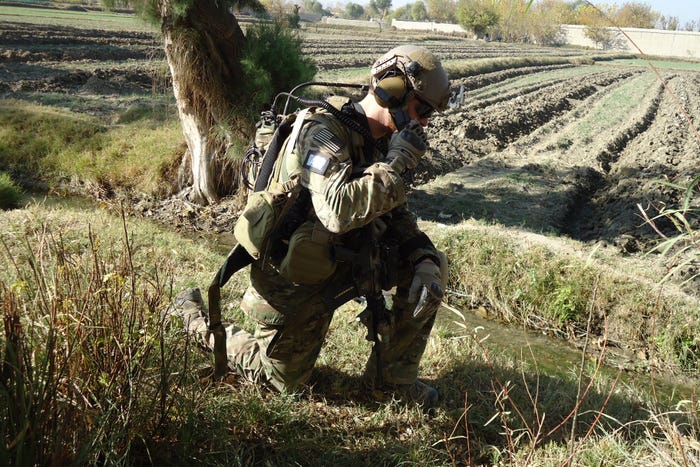US Army Delivers Next-Day Tech Fixes to Soldiers, Transforms Combat

UPDATE: The US Army has announced a groundbreaking shift in its technology development approach, now providing soldiers with next-day fixes for critical systems. This urgent change addresses the military’s historically slow adaptation to evolving tech and is vital for preparing troops for modern warfare.
The Next Generation Command and Control (NGC2) system, currently in testing, allows soldiers to work directly with developers to implement real-time improvements. Instead of waiting an average of six months for upgrades, soldiers can now report issues and see solutions implemented by the following day. This rapid development is crucial as the Army braces for potential high-intensity conflicts ahead.
Maj. Gen. Patrick Ellis, commanding general of the Army’s 4th Infantry Division, emphasized the importance of this new model during a recent media roundtable. “What soldiers are really enjoying is the ability to talk to the developers,” Ellis stated. He highlighted that this immediate feedback loop transforms the traditional process: “I’ve offered my opinion, and tomorrow, what I asked you to fix has now been fixed.”
The NGC2 system is part of the Army’s transformative initiatives focusing on uncrewed capabilities and artificial intelligence. The Army has conducted two rounds of testing at Fort Carson, Colorado, with a third scheduled for next month, and a larger event planned for next year to simulate cyber and electronic warfare threats.
During the Ivy Sting exercises, soldiers reported incremental upgrades to NGC2, including enhanced connectivity for Howitzers and improved drone intelligence capabilities. This system marks a significant departure from the Army’s previous command and control technologies, emphasizing a centralized structure built on open architecture and adaptable software.
The development team, including companies like Anduril and Palantir, has committed to maintaining close collaboration with the Army throughout the project. Ellis noted that this engagement ensures the Army is not just a temporary stop for contractors but an active participant in the entire development process.
The Army is pursuing a more agile methodology to weapon development, drawing inspiration from the fast-paced tech industry. Joe Welch, overseeing the NGC2 program, remarked on this shift, stating it fosters a “totally different relationship with industry” aimed at avoiding past pitfalls in military technology acquisition.
Feedback from soldiers has been essential in rapidly advancing other systems, such as the Mid-Range Capability (MRC), or Typhon, missile system. In a recent exercise in the Philippines, soldiers effectively reduced reload time and improved component stress through real-time input, demonstrating the effectiveness of this iterative development approach.
The Government Accountability Office has previously recognized the Army’s MRC program for its flexible requirements and user feedback, reflecting a commitment to deliver a “minimum viable product” to soldiers. This strategy is now being mirrored in the NGC2 development, indicating a broader change in how the Army operates.
“This is really changing how the institutional Army behaves,” Welch stated. “It’s showing we can move not just in acquisition more quickly, but in all aspects of what we do.” As the Army implements these reforms, the immediate implications for soldiers in the field are significant, enhancing their operational effectiveness and readiness in an era of rapid technological advancement.
Stay tuned for more updates as the Army continues to innovate and adapt in real time, ensuring its forces are equipped with the latest technology for current and future challenges.





